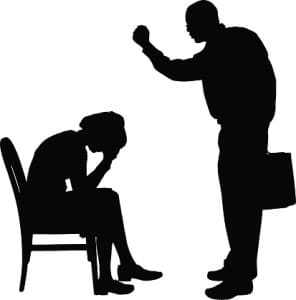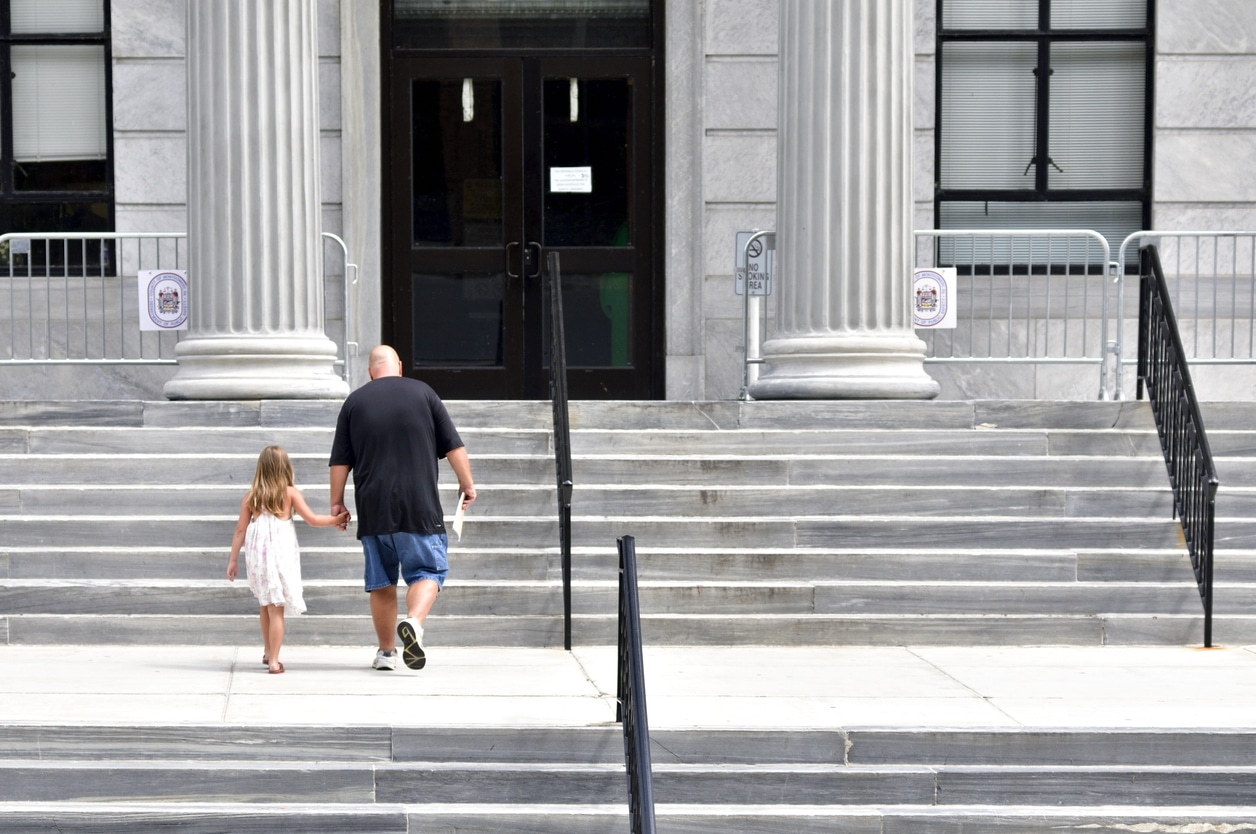Justice Kavanaugh Faces Calls for Impeachment Following New Sexual Misconduct Claims
When new sexual misconduct claims went public in September 2019, Justice Kavanaugh, a recent addition to the United States Supreme Court faced calls for impeachment. What would it take to remove a seated justice? Will this new evidence of sexual harassment change anything?
In this blog post, I will discuss the most recent allegations of sexual misconduct against Supreme Court Justice Brett Kavanaugh. I will review the history of Kavanaugh’s appointment and discuss what options advocates have for impeachment now that he has been confirmed onto the Justice on the Supreme Court.
Sexual Misconduct Allegations Against Justice Kavanaugh Date Back to College at Yale
One year ago, on October 6, 2018, Brett Kavanaugh was sworn into the United States Supreme Court. His confirmation hearings in the U.S. Senate had been rife with allegations of sexual misconduct, sexual harassment, and sexual assault. Dr. Christine Blasey Ford provided extensive testimony about how Kavanaugh sexually assaulted her during their time at Yale University, including acting as her own expert on the effect of traumatic experiences on the brain and memory. Ultimately, the Senate was not convinced. Kavanaugh was confirmed by a narrow margin (50 to 48), and allowed to take the bench as a U.S. Supreme Court Justice.
Even then, Dr. Ford wasn’t the only woman claiming Kavanaugh’s days at Yale had been filled with drunken frat parties and sexual misbehavior. Two other women, Deborah Ramirez and Julie Swetnick, also came forward alleging Kavanaugh had engaged in sexual misconduct as a teenager. However, the Senate instructions to the FBI to investigate the allegations were extremely limited, and ultimately Ramirez and Swetnick were not even permitted to testify about their experiences.
New York Times Publishes Sexual Assault Details FBI Couldn’t Investigate
The Senate may have been able to control the scope of the FBI investigation into Justice Kavanaugh, but it could not keep the news media from digging further into the issue. Reporters Robin Pogrebin and Kate Kelly spent 10 months investigating Deborah Ramirez’s claims before publishing articles and a forthcoming book, “The Education of Brett Kavanaugh: An Investigation.”
In their investigation, they learned that Deborah Ramirez was one of the first women of color to attend Yale University as part of its diversity program in the 1980s. Coming from a conservative Catholic middle-class household, she was not prepared for the drinking and sexual play that happened in the dormitories and frat houses. In her freshman year, she attended a drunken dormitory party with Kavanaugh, who was also a freshman at the time. She says Kavanaugh “pulled down his pants and thrust his penis at her, prompting her to swat it away and inadvertently touch it.”
The response to Dr. Ford’s testimony about Justice Kavanaugh’s sexual misconduct, which was objectively more serious and violent, said that if something so outrageous had happened, it would have been “the talk of the campus”. While many senators and FBI investigators found Dr. Ford credible in her own right, Ms. Ramirez’s story has that corroboration investigators were looking for. At least 7 people, including Ms. Ramirez’s mother remember hearing about the Yale incident before Justice Kavanaugh became a public figure. That includes two classmates who heard about it days after the party. However, because of its narrow instructions, the FBI could not interview these people, even when they reached out directly to testify on Ms. Ramirez’s behalf.
The Times investigation also revealed another similar story told by a classmate Max Stier. He saw Kavanaugh pull down his pants and watched as friends pushed his penis into the hands of a female student. That student has chosen not to come forward.
Democratic Legislators Call for Justice Kavanaugh’s Impeachment
In the wake of the Times report, several Democratic legislators including Senators Elizabeth Warren, Kamala Harris, and Bernie Sanders, have called for Justice Kavanaugh’s impeachment. U.S. Supreme Court justices serve life-time appointments once they are confirmed by the Senate. So unlike other politicians who can be voted out for misconduct, justices must be impeached.
The process to impeach a Supreme Court justice is the same as it is to impeach and remove a President. First, the House of Representatives must begin an impeachment investigation, where it will hear testimony and review the evidence against the justice. If they House votes to impeach (by a simple majority), the Senate must hold a trial. For a justice to be removed from his seat, two thirds of the Senators must vote in favor of impeachment.
While the President can be impeached for “treason, bribery, or other high crimes and misdemeanors”, Supreme Court justices are held to the ambiguous standard of “hold[ing] their offices during good behavior.” What that means is up to the federal legislature. If Justice Kavanaugh’s confirmation hearing shows anything, it is that legislators have very diverse opinions about sexual misconduct and good behavior, especially when that behavior happened years ago while Kavanaugh was in college.
It is unclear whether Democrats’ calls for impeachment will gain any traction in the midst of the other political turmoil of the day. Unless it does, Ms. Ramirez, Dr. Ford, and the other women who faced sexual misconduct at the hands of the future U.S. Supreme Court Justice will likely be cut off from receiving any justice of their own.
At Eisenberg & Baum, LLP, team of sexual abuse attorneys work with the victims of sexual misconduct and assault to seek justice for them and their families. We can meet with you and your family at our headquarters in the heart of New York City, or conference with you remotely, to help you find protection and compensation through criminal sexual assault charges and civil lawsuits. Contact Eisenberg & Baum, LLP, today to talk to a sexual abuse attorney.















